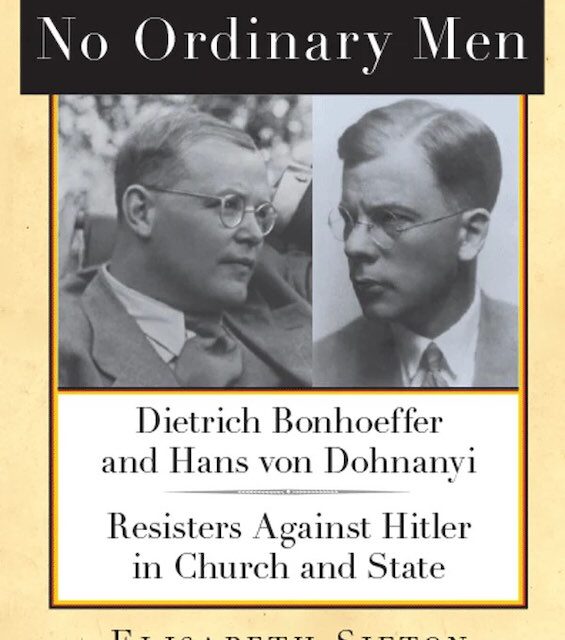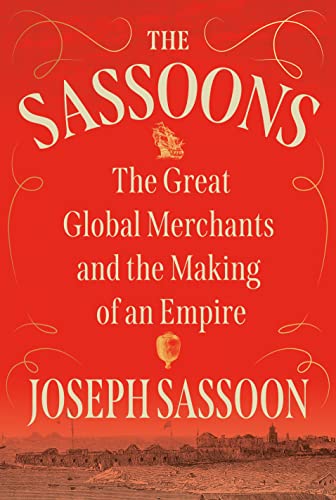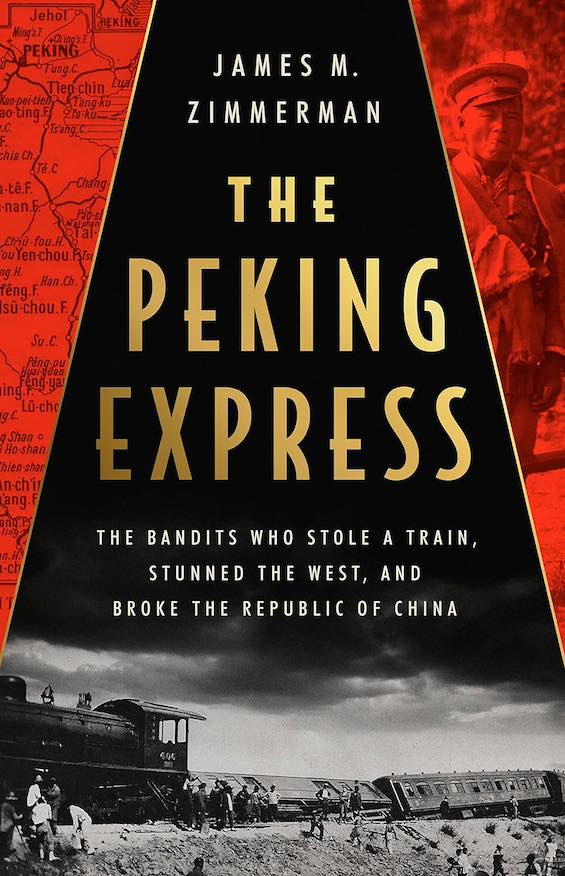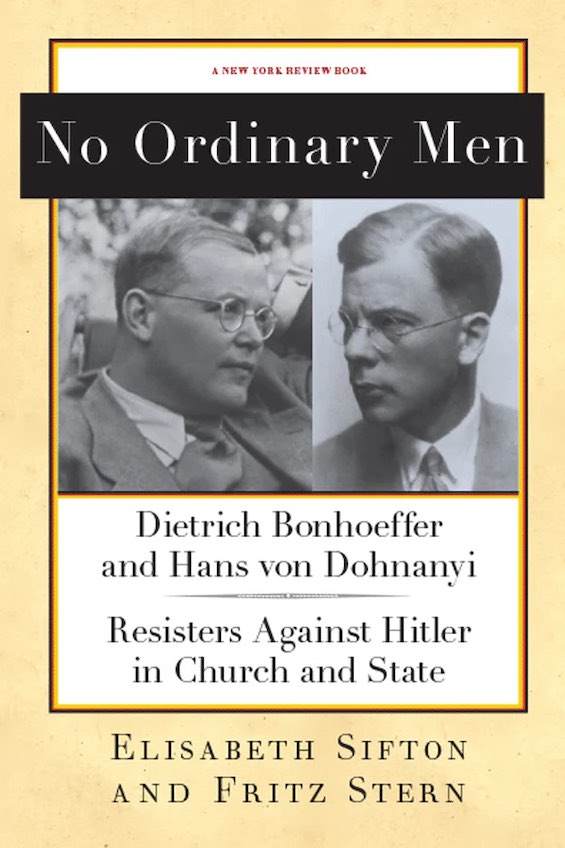
Estimated reading time: 6 minutes
Resistance to Hitler was notoriously weak. After all, he had ended unemployment and restored Germany’s stature in the world. His regime kept spirits afloat with adroit public pageantry and incessant propaganda. And official terror reigned, imprisoning those who spoke out in opposition and cowing those who feared to do so. Yet from the start of the Third Reich, “two admirable men did their utmost, each in his own way, to oppose Nazi outrages and then conspired to overthrow the tyrant.” Thus write Elisabeth Sifton and Fritz Stern in No Ordinary Men, their portrait of the two famous brothers-in-law. Pastor Dietrich Bonhoeffer and attorney Hans von Dohnanyi were among a handful of men and women in the uppermost reaches of German society who consistently, and almost successfully, worked to rid the world of Adolf Hitler.
Two gifted leaders
In any time or place, Dietrich Bonhoeffer (1906-45) and Hans von Dohnanyi (1902-45) would likely have gained prominence. Bonhoeffer, the privileged youngest son of Germany’s leading psychiatrist, was one of the world’s leading Protestant theologians. He was associated with fellow Germans Karl Barth, Paul Tillich, Martin Niemoller, and Reinhold Niebuhr. And von Dohnanyi, who married Bonhoeffer’s sister Christine, was the scion of a wealthy German-Hungarian family and a brilliant jurist. Bonhoeffer led the resistance to Nazism within German church circles. Von Dohnanyi gained a senior post within the Abwehr. From that perch, he helped Jews escape Germany and to conspire in plots to overthrow Hitler. Both men were gifted leaders with devoted followers.
No Ordinary Men: Dietrich Bonhoeffer and Hans von Dohnanyi, Resisters Against Hitler in Church and State by Elisabeth Sifton and Fritz Stern (2013) 160 pages ★★★★★
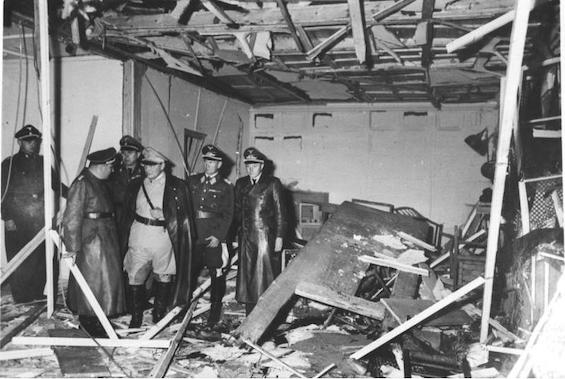
Two heroes of the resistance to Hitler
The world has learned about Claus von Stauffenberg‘s heroic attempt on Adolf Hitler’s life on July 20, 1944, through numerous books and films. The bomb the colonel set off in the Führer‘s East Prussian headquarters may have come the closest to ending his life. But it was one of at least forty-two assassination attempts on the dictator. And there were several other high-level plots to overthrow him. Most famously, Wehrmacht officers led by General Ludwig Beck, Chief of the General Staff, conspired to stage a coup in September 1938. Hitler was planning to invade Czechoslovakia, which they opposed. But the plot fell apart when Neville Chamberlain signed the infamous Munich Agreement. And Hans van Dohnanyi was deeply involved in plotting both with the generals in 1938 and the more junior officers involved in 1944—as well as with many other resistance activities throughout the 1930s and 40s.
Meanwhile, his brother-in-law took another course. A pious cleric, Dietrich Bonhoeffer pursued his opposition to the Nazis through the church. He helped create the Confessing Church, a revival movement led by progressive Lutheran pastors opposed to the pro-Nazi majority in the German Evangelical Church. He wrote extensively, criticizing the regime and taking exception in particular to the persecution of the Jews. And he actively involved himself in the worldwide ecumenical movement that advocated policies abhorrent to the Nazis.
“Decide between National Socialism and Christianity”
Long before World War II, Bonhoeffer announced to an international conference of clerics that “the time is very near when we shall have to decide between National Socialism and Christianity.” As one of the era’s leading theologians, Bonhoeffer drew wide attention to his oppositional stance. He helped bring legitimacy to those who were involved in the resistance to Hitler.
So it was far from surprising when the two men and Christine von Dochnanyi—Bonhoeffer’s sister—were arrested on April 5, 1943. They were sent first to prison and, later, to a series of concentration camps. Christine von Dochnanyi was released within a month. But her brother and husband were held for two more years. Then they were summarily murdered on Adolf Hitler’s express orders in April 1945. Russian troops were then sweeping through the suburbs of Berlin. But Hitler and other fanatical Nazis demanded revenge against all those whom they viewed as betraying them.
About the authors
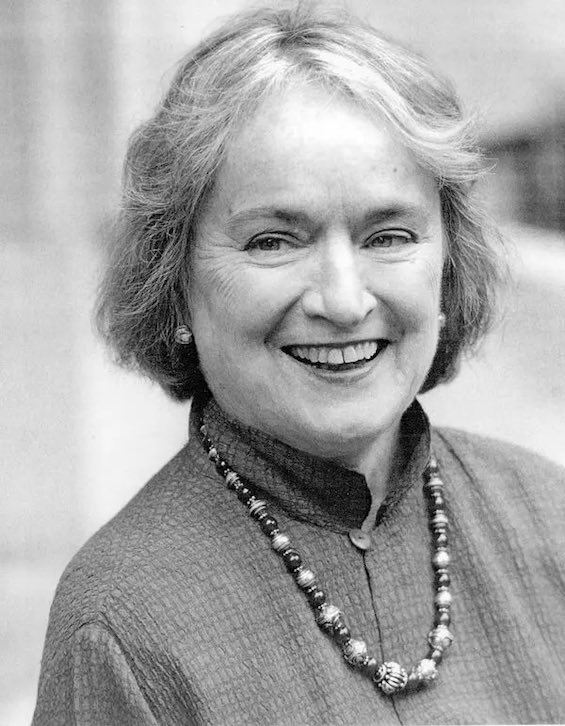
In its obituary for Elisabeth Sifton (1939-2019), the New York Times characterized her as “a widely respected book editor and publisher who burnished manuscripts by many of the 20th century’s literary lions.” The prominent writers she edited included Saul Bellow, Isaiah Berlin, Don DeLillo, Ann Douglas, Susan Eisenhower, Carlos Fuentes and Peter Matthiessen. She was also an author in her own right, affirming in a memoir that it was her father, the theologian Reinhold Niebuhr, who had popularized what became known as the Serenity Prayer, which begins, “God give us grace to accept with serenity that which we cannot change.” (“Niebuhr taught Dietrich Bonhoeffer in 1930-1931 and was thereafter something of a mentor to him.”) Sifton survived by just three years her coauthor and husband of twenty years, historian Fritz Stern.
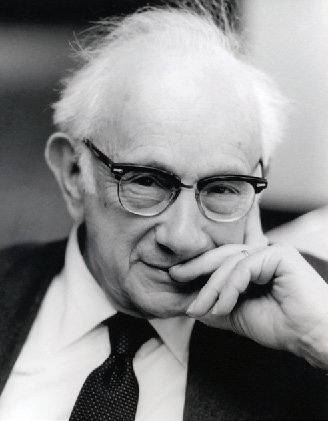
German-born historian Fritz Stern (1926-2016) was a professor at Columbia University from 1946 to 1996 “whose searching studies of Germany’s political culture in the 19th and 20th centuries provided a new understanding of the drift toward totalitarianism,” as the New York Times noted in its obituary. As he wrote in one of his eleven other books, “Though I lived in National Socialist Germany for only five years, that brief period saddled me with the burning question that I have spent my professional life trying to answer: Why and how did the universal potential for evil become an actuality in Germany?”
Stern was born to a prosperous family of Jewish converts to Lutheranism in 1926 and was just twelve when the family fled to the United States in 1938. “Fritz’s parents and grandparents were friends and colleagues of Dr. Karl Bonhoeffer,” Dietrich’s father. Stern collaborated with his wife, Elisabeth Sifton, on No Ordinary Men.
For related reading
This book is one of 10 true-life accounts of anti-Nazi resistance.
Check out 10 great biographies.
You might also enjoy:
- 10 top nonfiction books about World War II
- The 10 best novels about World War II
- Good books about the Holocaust
- 7 common misconceptions about World War II
- The 10 most consequential events of World War II
And you can always find my most popular reviews, and the most recent ones, on the Home Page.

